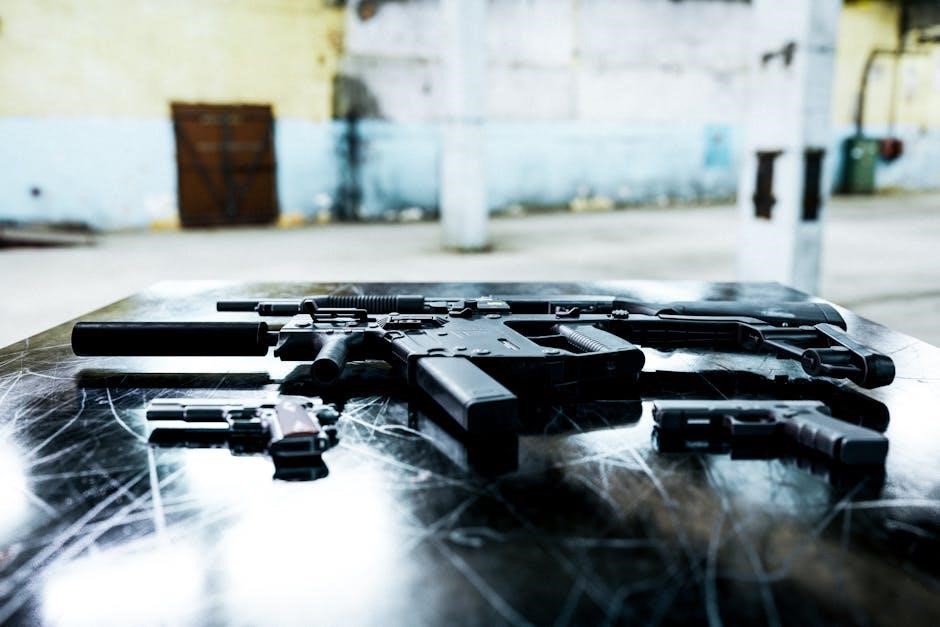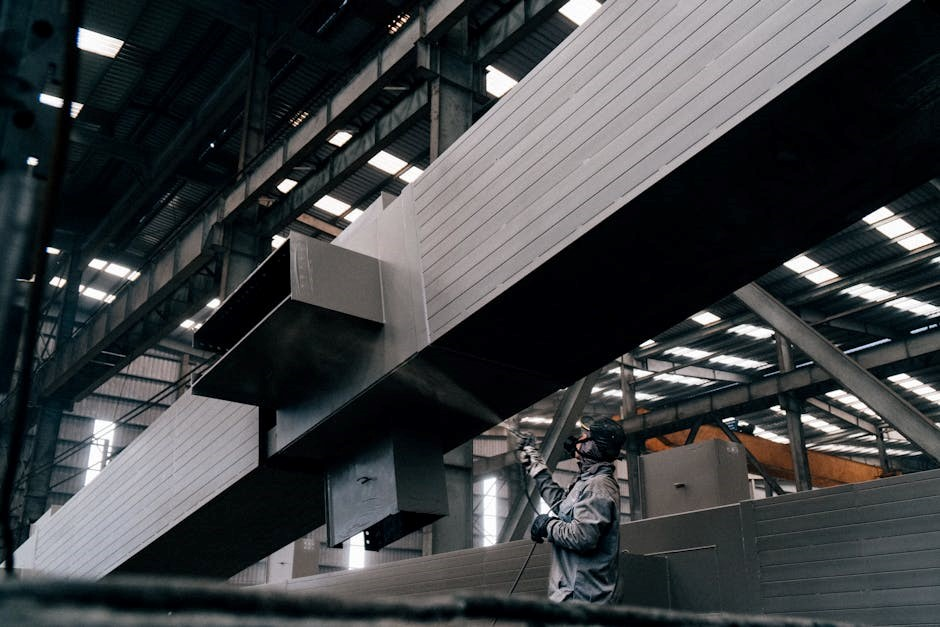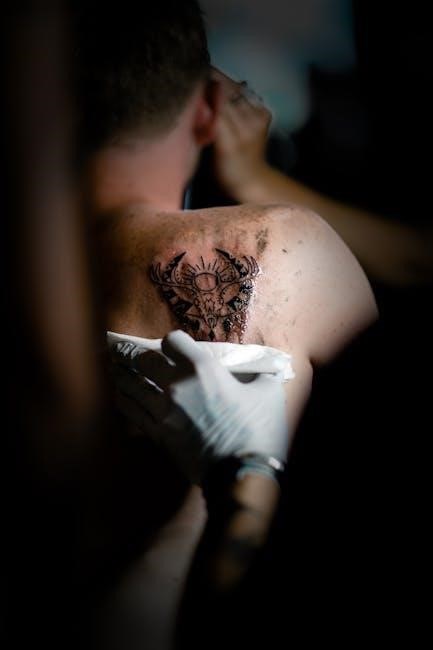The MG34 and MG42 are iconic German machine guns renowned for their reliability, versatility, and high rate of fire during World War II.
1.1 Overview of the MG34
The MG34, developed in the 1930s by Heinrich Vollmer, was the first universally applicable machine gun, designed for both infantry and anti-aircraft roles. Its versatility allowed it to be mounted on tripods, vehicles, or used as a light machine gun. Produced from 1935 to 1945, the MG34 was known for its reliability, high rate of fire, and interchangeable barrels. However, its complex design made it time-consuming and expensive to manufacture. Despite these challenges, the MG34 became a cornerstone of German infantry tactics, proving effective in various combat scenarios during World War II. Its reputation for accuracy and durability made it a respected weapon on the battlefield, setting a new standard for machine gun design.
1.2 Overview of the MG42

The MG42, developed during World War II, was designed to replace the MG34 as a more cost-effective and simpler alternative. Produced from 1942 to 1945, it became infamous for its distinctive sound and high rate of fire, earning the nickname “Hitler’s Buzzsaw.” The MG42 used a revolutionary roller-locked, gas-operated mechanism, simplifying production while maintaining reliability. Its interchangeable barrels and lightweight design made it adaptable for various roles, from infantry support to vehicle mounts. The MG42’s ease of manufacture and superior performance ensured its widespread use by German forces. Its impact on the battlefield was significant, influencing Allied forces to develop similar weapons post-war. The MG42’s legacy endures as a benchmark for modern machine gun design.
Development and History
The MG34 and MG42 were pivotal German machine guns developed during the 1930s and 1940s, marking a transition from heavy to lighter, more portable designs.
2.1 The Creation of the MG34
The MG34, developed in the early 1930s by Rheinmetall-Borsig, was Germany’s first universal machine gun, designed to be adaptable for various roles on the battlefield.
2.2 The Development of the MG42 as a Successor to the MG34
The MG42 was developed in the early 1940s to address the production challenges and high costs of the MG34, featuring a simplified design and lower manufacturing time.

Design and Mechanics
The MG34 and MG42 showcased innovative German engineering with rugged designs, emphasizing reliability and durability, adapting to various combat scenarios with versatile mounting options.
3.1 The MG34: A Universal Machine Gun
The MG34 was designed as a universal machine gun, excelling in both light and heavy roles. Its versatility allowed it to function effectively as an infantry weapon, mounted on tripods, or even from vehicles. The MG34 featured a quick-change barrel system, enabling rapid cooling during prolonged firing sessions. Its recoil-operated, air-cooled mechanism provided reliability in various combat environments. Additionally, the MG34 could deliver both direct and indirect fire, making it adaptable to different tactical situations. Its ergonomic design and balanced construction made it easier for soldiers to handle, despite its slightly heavier weight compared to other machine guns of the era. These features solidified the MG34’s reputation as a dependable and multifaceted weapon on the battlefield.
3.2 The MG42: Innovative Design and Features
The MG42 introduced groundbreaking innovations in firearms design, setting new standards for machine guns. Its roller-locked, recoil-operated system allowed for a higher rate of fire, approximately 1,200 rounds per minute, making it exceptionally effective in suppressive roles. Constructed primarily from stamped steel, the MG42 was lighter and easier to manufacture than the MG34, enabling mass production. It featured a quick-change barrel system, reducing downtime during prolonged engagements. The MG42’s design emphasized reliability and simplicity, with fewer components than its predecessor. Its versatility allowed it to serve as both a light and heavy machine gun, adapting to various combat scenarios. The MG42’s influence extended beyond World War II, inspiring post-war machine gun designs globally, including the U.S. M60. Its enduring legacy highlights its revolutionary impact on firearms engineering and battlefield effectiveness.
Operational Use in World War II
The MG34 and MG42 were pivotal in Nazi Germany’s arsenal, excelling in versatility and firepower. Their high rates of fire and reliability made them devastating on the battlefield.
4.1 The MG34 in Combat
The MG34 was a groundbreaking universal machine gun widely used by German forces during World War II. Its versatility allowed it to serve as both a light and heavy machine gun, mounted on tripods or used from the hip. The weapon’s high rate of fire, approximately 800-900 rounds per minute, made it devastating in suppressing enemy forces. Its reliability in various combat conditions earned it a reputation as a formidable weapon. Soldiers appreciated its portability and adaptability, making it a key asset in both offensive and defensive roles. The MG34’s performance set a new standard for machine guns, influencing future designs globally.
4.2 The MG42 in Combat
The MG42 became a cornerstone of German infantry during World War II, celebrated for its exceptional reliability and firepower. Its high rate of fire, around 1,200 rounds per minute, allowed it to deliver withering suppressive fire, pinning down enemy forces effectively. The weapon’s portability and ease of operation made it ideal for both offensive and defensive tactics. Soldiers often used it to devastating effect in ambushes and flanking maneuvers. The MG42’s performance in combat solidified its reputation as a superior machine gun, influencing Allied forces to develop similar weapons post-war. Its impact on the battlefield was undeniable, making it a legendary firearm in military history.

Impact and Legacy
The MG34 and MG42 revolutionized machine gun design, influencing post-war firearms globally. Their innovative features and reliability set new standards, shaping modern military weaponry.
5.1 The MG34’s Influence on Modern Machine Guns
The MG34 set a benchmark for universal machine guns, inspiring designs worldwide. Its interchangeable barrels, adjustable rates of fire, and reliability made it a blueprint for future weapons.

5.2 The MG42’s Lasting Impact on Firearms Design
The MG42 revolutionized machine gun design with its stamped steel construction and high rate of fire. It influenced post-war weapons like the U.S. M60 and remains a design standard for modern machine guns globally.
The MG34 and MG42 are landmarks in firearms history, showcasing German engineering prowess. Their influence persists in modern weapons, underscoring their lasting legacy in military and firearms design.
